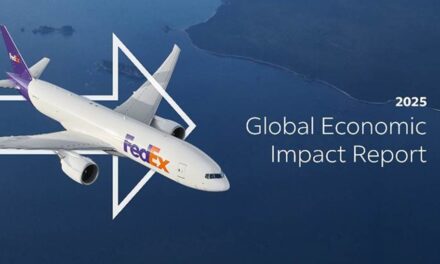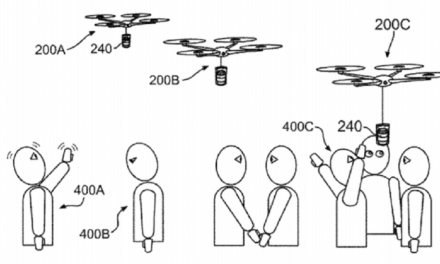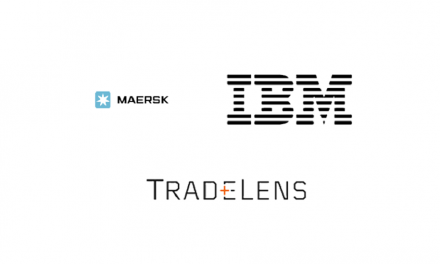Self-Service economy arrives gradually
At airports, supermarkets and big-box retailers, "customer service" in recent years has meant self-serve _ aided by touch-screen kiosks.
As digital kiosks become more user-friendly and capable of handling more complicated tasks, health care providers, fast-food chains and other businesses say trading face-to-face encounters for face-to-monitor transactions improves service and saves money.
Yet the complexity of human decision-making and service expectations in different industries means any possible self-serve revolution is more likely to be a gradual transition.
"Every time you see a door, there's an opportunity for a kiosk to be deployed," Juhi Jotwani, director of marketing and strategy for retail stores at Armonk, N.Y.-based IBM, likes to tell her staff. Opportunity is knocking: IBM's kiosk orders have quadrupled in the past four years.
Numerous airlines use IBM's customer kiosks. Caribou Coffee and Cheesecake Factory employees use them to manage recipes and to enhance order speed and accuracy. The Virgin Megastore in Times Square has 150 kiosks that process 450,000 music previews per month.
Still, "none of the players in this market have even scratched the surface" of the multibillion-dollar potential, Jotwani said, even though consumers hooked on text-messaging and interactive Internet gaming now expect greater control over their purchasing experiences.
An April report by consulting firm Summit Research Associates Inc., estimated 800,000 customer kiosks, not including ATMs, will be installed in North America by the end of 2007 and hit 1.2 million by 2009.
North American consumers in 2007 are forecast to spend more than USD 525 billion at self-checkout lanes, ticketing kiosks and other self-service machines, including postal kiosks, according to IHL Consulting Group. That figure could reach nearly USD 1.3 trillion by 2011.
NCR Corp. products process more than 23 billion transactions annually and roughly 40 percent of the Dayton, Ohio-based company's USD 6.1 billion in 2006 revenue was from self-service hardware, software and services.
Since a 2-for-1 stock split in January 2005, the company's stock has risen about 50 percent and was trading at USD 52.70 Thursday afternoon after second-quarter results beat Wall Street estimates earlier this week.
Consumers now accustomed to ATMs dispensing cash and self check-out aisles in supermarkets and home improvement stores expect self-service options in other parts of their lives.
Mike Webster, NCR's vice president and general manager of self-service, is targeting the health care market. More than 100 U.S. hospitals use NCR technology and the company plans to expand overseas by year-end.
NCR's Web-based "patient portal" allow appointment scheduling, lab result viewing, and the updating of insurance information or family history.
The Heritage Valley Health System in southwestern Pennsylvania said check-in and registration times dropped to two minutes from nearly 10 since it began using NCR products last year.
The change cost Heritage Valley USD 750,000 over four years, and David Carleton, the company's chief information officer, is pleased with the return on investment.
Yet many retail outlets remain kiosk-free, with consumers preferring to try on clothes and ask sales associates for help. Fast-food executives say they're waiting for better, more flexible technology.
Gap Inc.'s use of consumer kiosks failed because shoppers were being left alone for too long and many preferred talking with sales people, said Praveen Kopalle, a professor in Dartmouth College's Tuck School of Business.
"This technology is very useful when customers immediately see where the benefit is, where the convenience is and where it's more personalized," Kopalle said, citing simple tasks such as withdrawing cash or placing a fast-food order.
McDonald's, Burger King, Subway and others are testing kiosks and while technology providers predict widespread adoption by 2010, restaurant executives seem unconvinced.
Burger King, Arby's, Taco Bell, Jack in the Box and other restaurants are testing kiosk software from San Diego-based EMN8, which can run on both IBM and NCR hardware. Basic machines that allow customers to order and pay with credit, debit and gift cards cost about USD 3,000 each, while full-service models that accept cash run up to USD 17,000 apiece.
Peter Boylan, EMN8's vice president of sales, said restaurants like the machines' "upsell" potential when customers realize they can add a milkshake or other item to a combo meal for just a few cents.
Some restaurant kiosks may even become advanced enough to recall past orders and ask customers if that's what they want. The impact on employees should be minimal as cashiers most likely will be redeployed to help customers use the kiosks and to assist on food preparation and delivery, particularly at locations with drive throughs, analysts said.
Airlines that use check-in kiosks are reaping upsell rewards on upgrades for first-class or aisle seats. It costs airlines more than USD 3 per customer when agents check them in versus as little as 14 cents each with a kiosk, said Forrester Research analyst Henry Harteveldt.
"Mobile commerce," which involves tapping a credit card "wand" or cell phone against a kiosk at a gas station is offered by some U.S. companies, but is more the norm in Japan and some parts of Europe, said Craig Johnson, president of Customer Growth Partners, a retail consultancy in New Canaan, Conn.
"The technology is here now, it's just a question of companies providing it and then consumers" buying in, Johnson said.
Those that prefer the personal touch can rest easy, at least for a little while.












